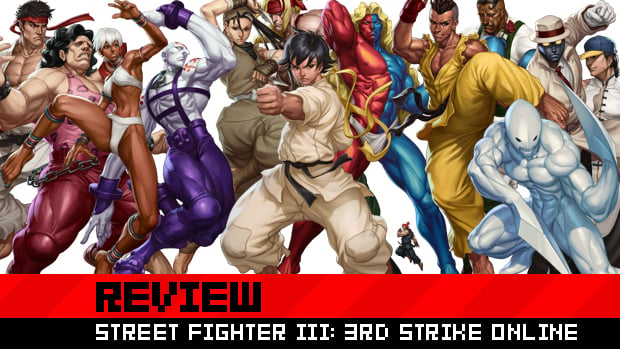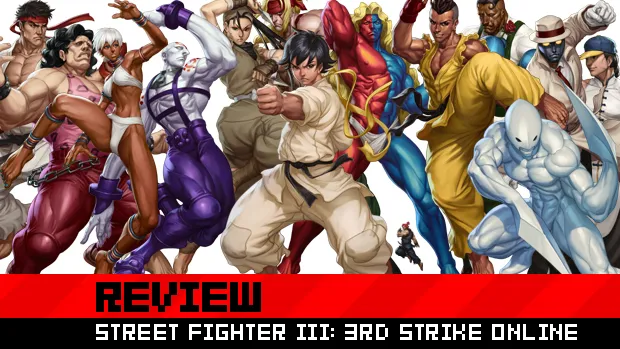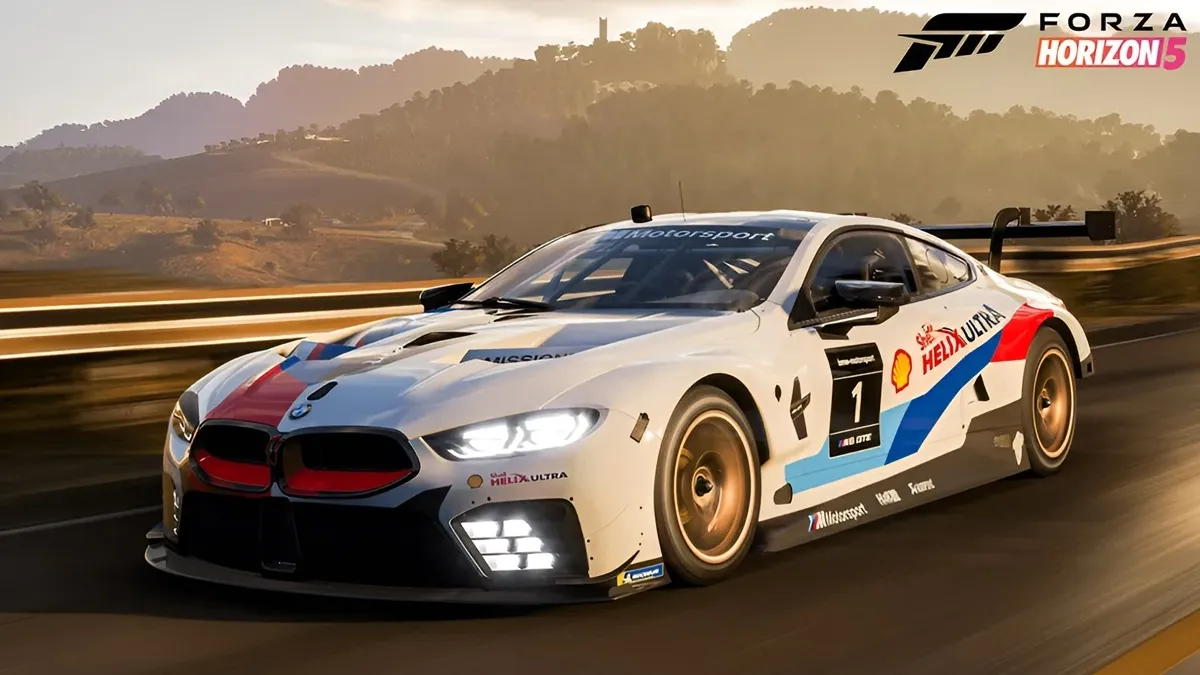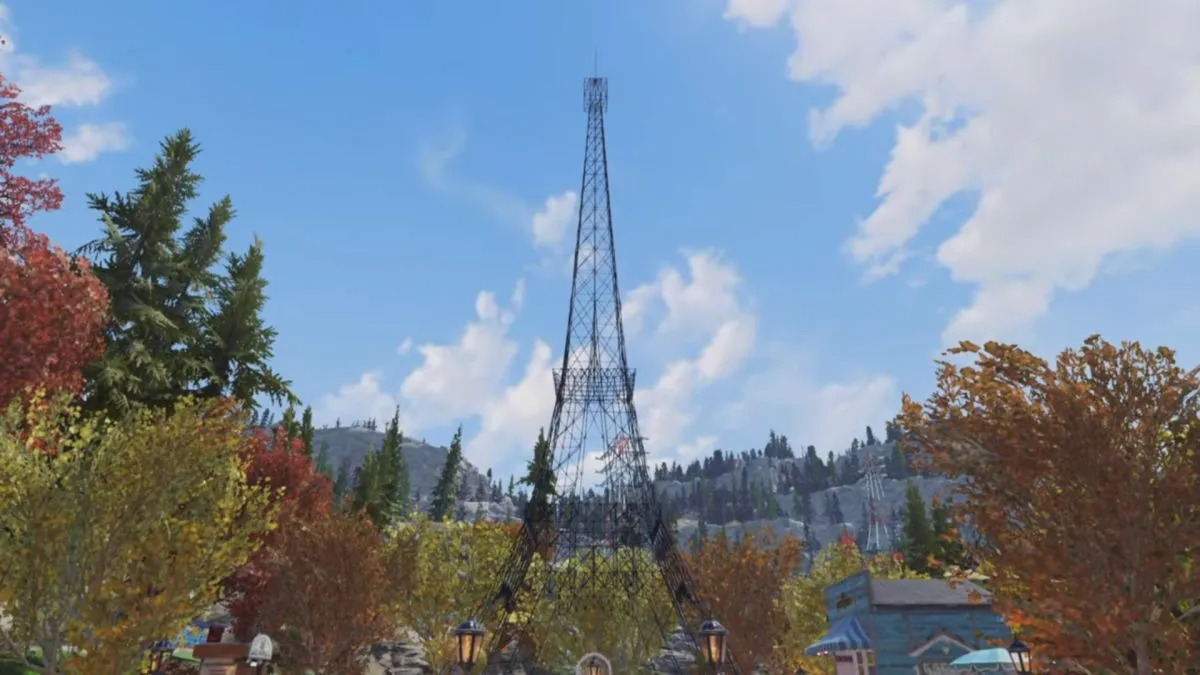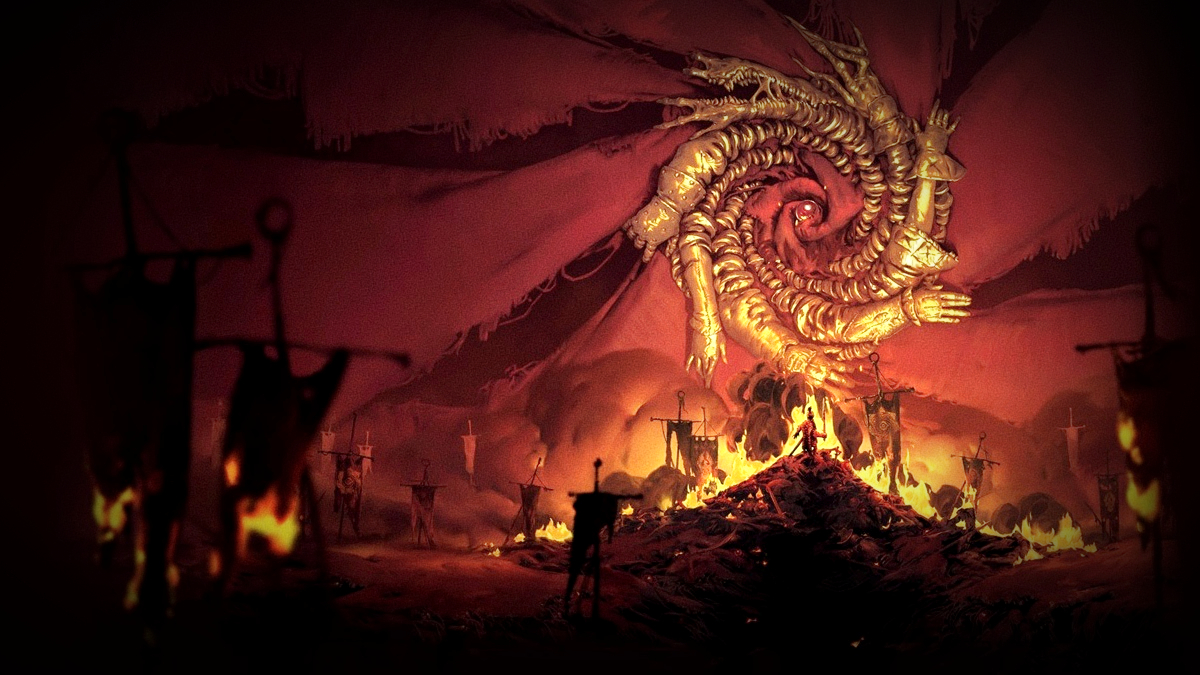The Street Fighter III series (New Generation, 2nd Impact, and 3rd Strike) had a lot going against it when the games were first released in arcades. They had to compete with the increasingly popular cartel of 3D fighters on the market (Tekken, Virtua Fighter), and not one but two other Capcom fighting franchises that had already captured the hearts of Capcom fighting loyalists (Street Fighter Alpha and the Marvel vs. series) — not to mention the billions of fighters that SNK was putting out every couple of days.
Then there’s the fact that when Street Fighter III first hit the scene, arcades were just starting to die. While most other fighters were small enough to be more or less faithfully ported to the PlayStation and the Saturn, Street Fighter III was way too high-tech for most home consoles at the time, further decreasing its visibility. It was the arcade, the Dreamcast, or nothing for the Street Fighter III games, which inevitably translated to “nothing.”
There was only one guy I could convince to play Street Fighter III with me. He played about ten matches, then quit for good. Why? He said that “Ryu’s feet were too big” and that he’d rather play Alpha 3 for its “normal feet.” I knew then that Street Fighter III was doomed, at least for the time being. But the game is just too brilliant to stay dead forever. I’m hoping that this time around, Street Fighter III finally finds the audience it deserves.

Street Fighter III: 3rd Strike Online Edition (PSN [reviewed], XBLA)
Developer: Capcom
Publisher: Capcom
To be released: August 23, 2011 (PSN) / August 24, 2011 (XBLA)
MSRP: $14.99 / 1200 Microsoft Points
One of the reasons Street Fighter III wasn’t as widely accepted during its time in arcades is that the game is by far the “newest”-feeling title in the series. You’d think that would be a good thing, but people fear change, especially when there are quarters on the line. You can definitely tell that with Street Fighter IV, Capcom wasn’t willing to take as many risks.
Just look at 3rd Strike‘s incredibly diverse roster of original fighters. They all look and play so differently from each other, and from just about every other Street Fighter combatant in the series. While it took Street Fighter IV three games in total (the original, Super, and Arcade Edition) to eventually introduce a grand total of ten new fighters to the Street Fighter universe, Street Fighter III: The New Generation (the first entry in the Street Fighter III trilogy) pulled off the same total on its very first try.
By the time we got to 3rd Strike, a total of 14 new characters had been introduced through the Street Fighter III series. Street Fighter II veterans Ryu, Ken, Akuma and Chun-Li — along with Final Fight migrant Hugo — round out 3rd Strike‘s lineup. It’s my opinion that this is the single most compelling and well-balanced roster in a Street Fighter title to date.
This is the only Street Fighter game where you’ll see someone erecting semi-permanent electric walls in the middle of the playfield, or turning invisible, or using a taunt to increase their strength before pulling off a 99% damage combo. Even for series veterans, there are still plenty of surprises here, but never at the sacrifice of overall balance.

Part of what keeps 3rd Strike so balanced is that every character comes equipped with a versatile set of tools, making everyone potentially dangerous. Like in the Marvel vs. titles, all 3rd Strike characters have a dash, a jump, and a super jump (among other moves), making mobility a non-issue for even the slowest of fighters. Each character also has some form of top-down attack, assuring that even the most initially predictable-looking characters can mix things up with some high/low guessing games if they need to.
Then there’s the parry, the most controversial of Street Fighter III‘s additions to the hallowed Street Fighter formula. A parry is a lighting-quick offensive block that requires the player to tap forward at the instant an incoming blow connects with their body. Miss a parry, and you are left wide open, assuring full damage and total embarrassment. Connect a parry — or parries, in the case of combos — and your opponent will be left wide open for a split second, rendering them helpless against any counter-attack you may wish to bestow upon them.
In short, the parry allows anyone to have a chance at survival, regardless of how low their health is or how hopeless their odds may seem. The most famous example of the power of the parry can be seen in the video below, in what has become one of the most famous moments in the history of competitive fighting games.
Some people complain that parries ruin Street Fighter — that they reward players too much for playing defensively. I’d disagree with that. To me, the parry rewards players for playing intelligently, not necessarily defensively. A parry will only punish a player who plays predictably. Parries force advanced players to avoid falling into routines, and to never count their opponent out.
If you’re not an advanced player, well, you’re probably not going to have the skill to parry on a regular basis anyway, so it’s sort of a moot point. For even intermediate players, parries can do a lot to stop you and your opponent from using the same old patterns and combos, therefore preventing you from becoming a boring player.
Speaking of beginning-to-intermediate Street Fighters, I think it’s fair to say that 3rd Strike has one of the harsher learning curves in the Street Fighter series. Street Fighter IV and Street Fighter Alpha titles have a fairly lenient input window for attacks and specials, and also allow most characters to pull off some fairly easy-to-dial-up chain combos. 3rd Strike is much less forgiving.
There are a lot of combos here that require really tricky timing, calling for you to pause for a half second in between hits, then rapidly string together two or three attacks, pause for a fifth of a second, follow up with another hit, and so on. In short, the game’s combo system is almost polyrhythmic in nature, making it quite frustrating to those who just want to jump in and quickly put together a bunch of attacks in unblockable succession.

This Online Edition of the game allows the impatient among us to change all that. Thanks to the full Dip Switch mode (unlocked by beating the game with all characters, or via paid DLC for $0.99), you can now activate all new gameplay systems, including ground-chain combos and air-chain combos. This essentially makes the game playable in an entirely new way, which, in time, may even require a whole new set of tiering specific to this mode. It will be amazing if Twelve (the worst 3rd Strike character in the game for competitive play) actually becomes a tourney-ready character thanks to those wacky new dip-switch options.
That’s not all the game has for new content. There is titular online combat and leaderboards, which thus far have been lag-free and pixel perfect on my end. You can also directly upload replays of your matches to YouTube. That won’t mean much to me until I re-learn all of my old 3rd Strike combos, but it’s still nice to know that the option is there. There is also a huge selection of exclusive single-player content, including a huge assortment of unlockables, in-game achievements, and a variety of challenges that work as a game unto themselves — and as training for competitive play.
These challenges include a variety of handicap matches, combo lessons for each of the game’s characters, and a set of parry trials that are incredibly tough. These trials end in an opportunity to reenact the famous Daigo parry miracle seen in the video above. It’s easily the best set of bonuses I’ve seen in a downloadable fighting game. It almost feels like Capcom is spoiling us.
Wait, not so fast! Now for the bad news. The graphics in this HD port aren’t quite what I’d hoped they’d be. Street Fighter III (3rd Strike and otherwise) was the best-looking 2D fighting game of its time, and it still may hold that title today. The level of detail in each individual frame of animation, the sheer amount of frames themselves, the perfectly expressive timing and order with which each animation strings together — it all stands up there with the best of the world’s hand-drawn animated films. I know a lot of 2D animators today that claim that a lot of what they know now, they learned from studying Street Fighter III.

This high-def edition smears that reputation a bit, quite literally. Have you ever taken a screen grab — like, 256 pixels by 240 pixels, for example — from an old NES game, and blown it up to 1280 pixels in width? You’re bound to get a lot of “pixel distortion” along the way, particularly around the edges and points of various shapes. Sadly, there is a noticeable amount of this distortion to be found in 3rd Strike: Online Edition, especially when playing in fullscreen mode, and with no filters on.
When playing in “arcade cabinet” mode, which shrinks the playfield down to around two-thirds of an HDTV’s screen size, this distortion is cut down somewhat, and applying one of the filters (“crisp” or “smooth”) cuts it down even more. You can even put on a “scan-lines” filter to give you the feeling that you’re playing on a crappy old standard-definition arcade cabinet, working to further cover up any moments of pixel distortion that may pop up.
I absolutely love the old, visible dot-art of the original 3rd Strike, so it pains me to see that Capcom was unable to get a pixel-perfect port on HD consoles. That said, 3rd Strike Online Edition still looks pretty amazing, especially if you turn on one of the filters and stop comparing it your memory of the original game. I imagine the only way Capcom could have gotten around this issue would have been to redraw the game, frame by frame, like they did with Super Street Fighter II Turbo HD Remix. If that’s the direction Capcom had chosen for this re-release, we’d probably be waiting at least another ten years for 3rd Strike Online Edition to be complete.

My only other complaint is that 3rd Strike Online Edition feels a little bit like a missed opportunity to create a definitive version of the Street Fighter III experience. The original 3rd Strike arcade game contained partially completed code for Shin Akuma (who was also in 2nd Impact). It’s a shame they couldn’t have included that code, complete or not, in this package as a bonus.
It also would have been nice to have the alternate backgrounds, music, and other assets from 2nd Impact and New Generation as unlockables. Maybe all the other bonus content Capcom included in this package just got my hopes up, as I couldn’t help but expect to see further content from prior iterations of Street Fighter III make it to this re-release.
I know not every Street Fighter fan has learned to embrace 3rd Strike. For some, it’s because parries are just too hard to comprehend, or the cast of almost entirely new characters is just too weird, or Ryu’s feet are just too big. I implore all of you to give 3rd Strike Online Edition a chance. It’s an exceptionally well-crafted game — perhaps the best in the series — both from a visual and a design perspective.
If I weren’t such a 2D sprite-based graphics whore, I might give my experience with the game a 10/10, but that pixel distortion hurt me bad, so I have to go with a…
